Hello everyone!
I just started working on a “Change tracker” app and I would love to have your feedback.
What is the “Change tracker” app?
“Change tracker” is a helper app that will allow users to keep track of all changes made to a record.
Below is a wireframe of the Users app with the “Change tracker” open:
How does it work?
When users edit a record, the “Change tracker” icon will appear next to both the edited field and the pane header title.
After clicking on the “Change tracker” icon next to the edited field, a modal will appear stating what change was made to the field and giving users the possibility to add a note/reason why.
After clicking on the “Change tracker” icon next to the pane header title, a modal will appear with a summary of ALL the changes made to the record and the possibility to add a note/reason why.
Change tracker app full view
When full view, the change tracker app will have a search pane allowing users to search a specific change by keywords, time and/or apps name.
When a search result is selected, a list of all changes related to the selected item will be displayed and the one selected will be highlighted. If the user is the one who made the change, he will be able to edit/add a “reason”.
Feedback
Please, feel free to share your questions, feedback and ideas in the comments below to help me improve it.



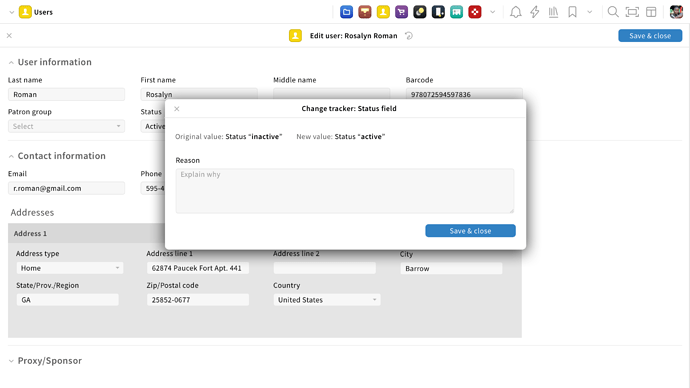
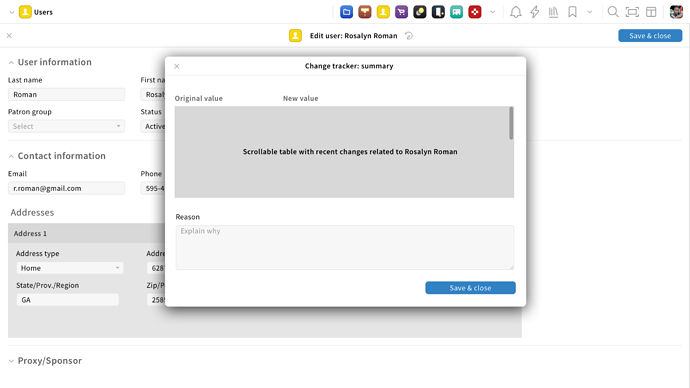
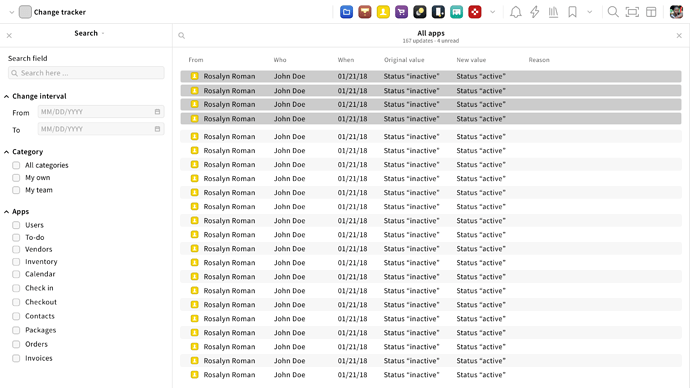
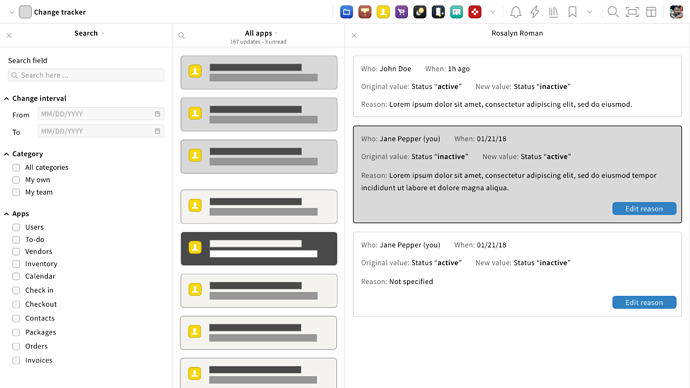








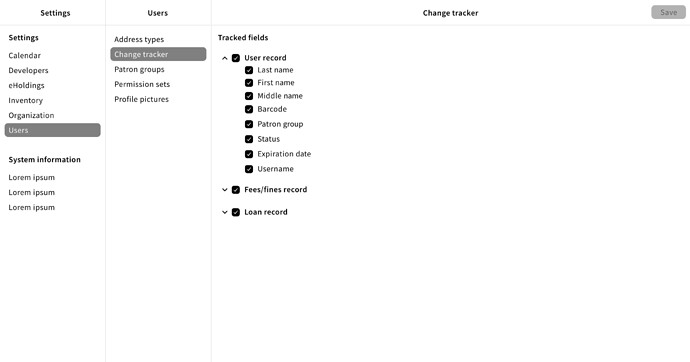

 Performance monitoring or something similar would definitely challenge our “Personalrat”, the staff and the “Datenschutzbeauftragter” (Data Protection Officer). Hesse was the first German state that introduced a general Data Protection Officer and still has the toughest rules here. Perhaps this can help our colleagues
Performance monitoring or something similar would definitely challenge our “Personalrat”, the staff and the “Datenschutzbeauftragter” (Data Protection Officer). Hesse was the first German state that introduced a general Data Protection Officer and still has the toughest rules here. Perhaps this can help our colleagues  [
[